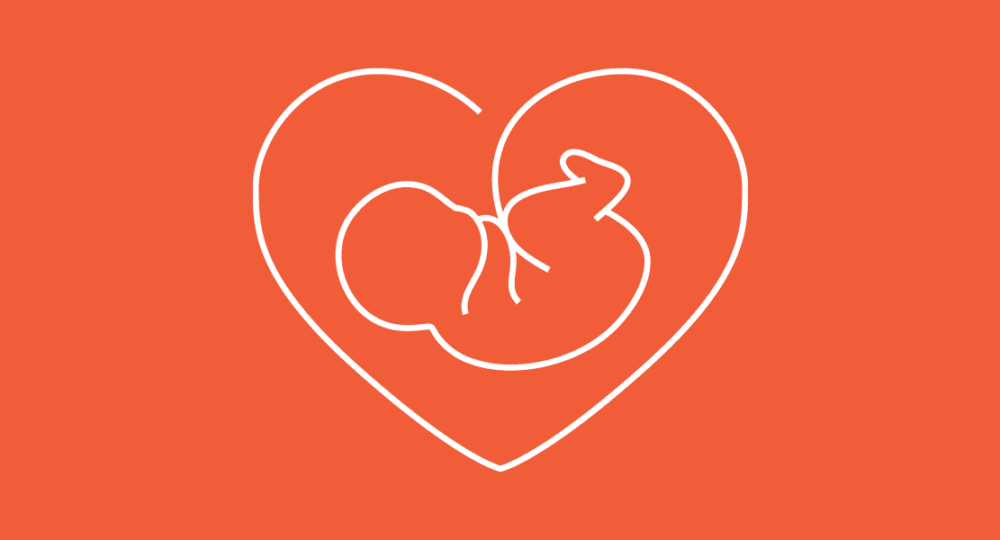Cord blood is found in the blood vessels of the placenta and umbilical cord of a mother and baby. Oftentimes, cord blood is discarded as medical waste following a delivery. Many mothers are not aware of other possibilities for cord blood and its potential to treat certain medical diseases.
July is National Cord Blood Awareness Month, with the hopes of increasing the knowledge of the options for cord blood after a baby is born and its potential uses.
Currently, cord blood is only approved for use in hematopoietic stem cell transplantation procedures. Hematopoietic means “blood-forming.” Stem cells are considered hematopoietic because they are immature cells that can develop into all other types of blood cells, including white blood cells, red blood cells, and platelets.
Patients with disorders of the hematopoietic system that may benefit from a stem cell transplant include those with:
- Blood cancers, such as leukemias and lymphomas
- Bone marrow diseases, like Fanconi anemia
- Certain anemias, such as sickle cell disease, aplastic anemia, and thalassemia
- Certain immune system problems, like severe combined immune deficiency (SCID)
- Inherited metabolism problems, such as Hurler syndrome and leukodystrophies
Cord blood donation is completely safe for the mother and baby since it is collected after a baby is born and the umbilical cord is cut. It does not affect labor and delivery.
After being collected, it is tested, frozen, and stored as a cord blood unit. The options for cord blood storage include private and public cord blood banks.
A private cord blood bank can be used to store the cord blood so that it can be available if needed in the future by the donating child or a relative. Private banks usually charge fees for blood collection and storage. Depending on the bank chosen, the initial cost is about $2000, with an annual fee of around $125. The chance the baby or a family member will actually need to use it is very low- about 1 in 2700. Additionally, cord blood may not be suitable for use in the child who donated it, as some diseases or genetic defects can’t be cured with cord blood that contains the same disease or defect.
Another option for cord blood is donating to a public cord blood bank. The national Food and Drug Administration (FDA) oversees all public cord blood banks. Donated cord blood gets listed on a registry where it’s available for anyone in need of a stem cell transplant. There are no collection or storage costs to donate to a public storage bank. A public bank will often let donors give a directed donation if needed for a family member who has a disease that could potentially be treated with stem cells.
Those interested in public donation can use the national Be The Match Registry. There are currently more than 300,000 cord blood units available on the registry for those needing a stem cell transplant.
In order to be a candidate for a transplant, the recipient’s blood must be closely matched to a donor. Doctors are more likely to find a good match among those from the same ethnic group. Patients from diverse racial and ethnic backgrounds have a more challenging time finding a suitable donor. There is an increased need for public cord blood donations from those of minority ethnic groups, as more donations from these populations will help more minority patients who need a stem cell transplant.
When deciding what to do with cord blood, it is important to remember that cord blood is not a cure-all. Currently, the only approved use is for the treatment of blood-related illnesses. There is, however, a lot to be studied with cord blood, and scientists are currently looking at whether or not it can be used to treat other diseases and health conditions such as cerebral palsy, brain injuries, autism, diabetes, and Parkinson’s disease.
For those expecting a baby, its best to talk with your healthcare provider about your cord blood options between 28-34 weeks of pregnancy. If you decide to donate, make sure your delivery team knows this when you arrive at the hospital. Not all hospitals let you donate to a public cord blood bank, but the Be The Match Registry website has a list of participating hospitals.
More than 25,000 patients around the world have received cord blood transplants. There is a proven need for cord blood, as transplants for patients who need them can be life-changing.
Resources:
American College of Obstetricians and Gynecologists





